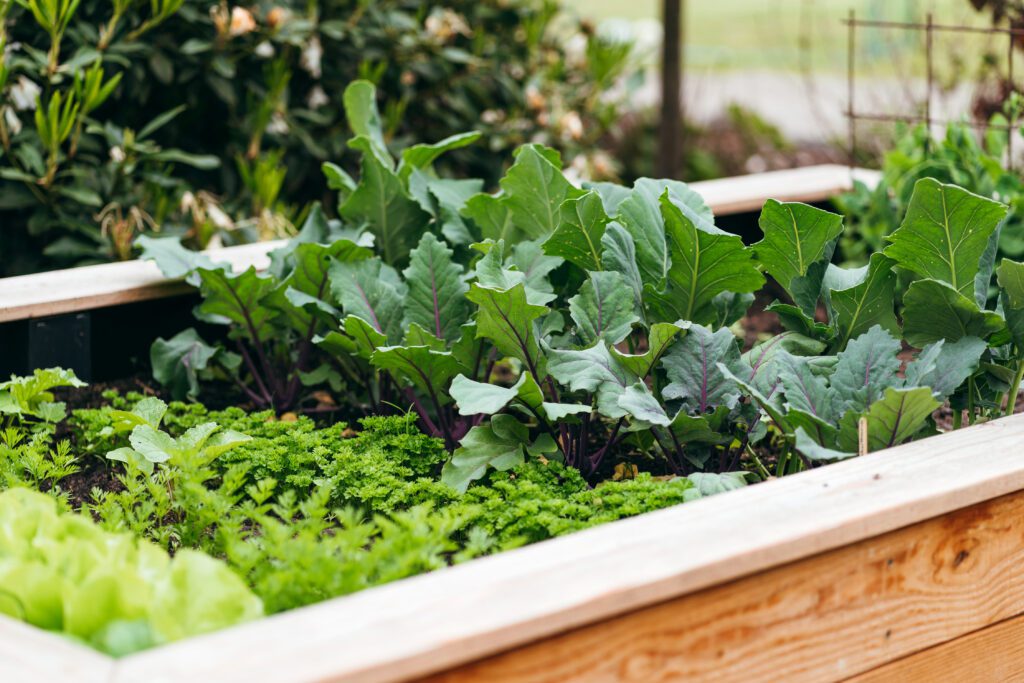
The temperatures are cooling down! Mornings are calling for coffee (or tea) and flannels while we take advantage of the rest of our growing season.
- This is the ideal time to seed new bluegrass or fescue lawns. If your lawn is looking thin, then you can add more seeds to help it become more full. You can also fertilize with a slow-release fertilizer at this time, for every 1000 square feet, use 1 lb. of Nitrogen. To learn more about lawn care, see our Garden Guide. To see what grass seed we have in stock, see here.
- Plant lettuce and cool season greens. Our farm crew has been busy growing many delicious veggie starts! This is also a good time for beet, carrot, onion, and radish seeds, but pay attention to the information on the seed packets. Depending on the weather (and your particular altitude), we usually get our first frosts mid-October.
- Harvest herbs for fresh use, drying, or freezing.
- Watch for white cabbageworm moths on Brassica – Broccoli, Brussels Sprouts, Cauliflower, Collards, Kale, etc. Spray with Bt, an organic pesticide that targets caterpillars or using floating row covers. Floating row covers are available in our Garden Shop in a variety of thicknesses.
- Fall is a great time for planting! Plant trees, shrubs, fruits, and perennial plants. There are many plants with outstanding fall colors – Amsonias, Blueberries, Ginkgos, Maples, and countless others. Ask staff for suggestions – we all have our favorites.
- Plant evergreen trees and shrubs now for privacy in winter. See some of our favorites here.
- Beautyberries, Crabapples, native Dogwoods, Hollies, and more can provide needed food sources for wildlife. To learn more about attracting birds to your garden, see our Garden Guide.
- Bring easy, cheerful color to your garden with pansies and mums.
- Start to think about where you’re going to put all the tender tropical plants you’ve acquired as the temperatures start to drop at night. Your tropicals may benefit from a bright sunny window, and in some cases, additional lighting may be helpful. Some plants, especially those from humid jungles, will handle indoor conditions better if they have a humidifier.
- If you don’t already have a compost area set up, this is a great time to do so. Learn more about composting from our Garden Guide.
